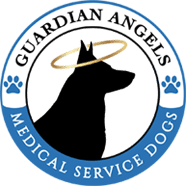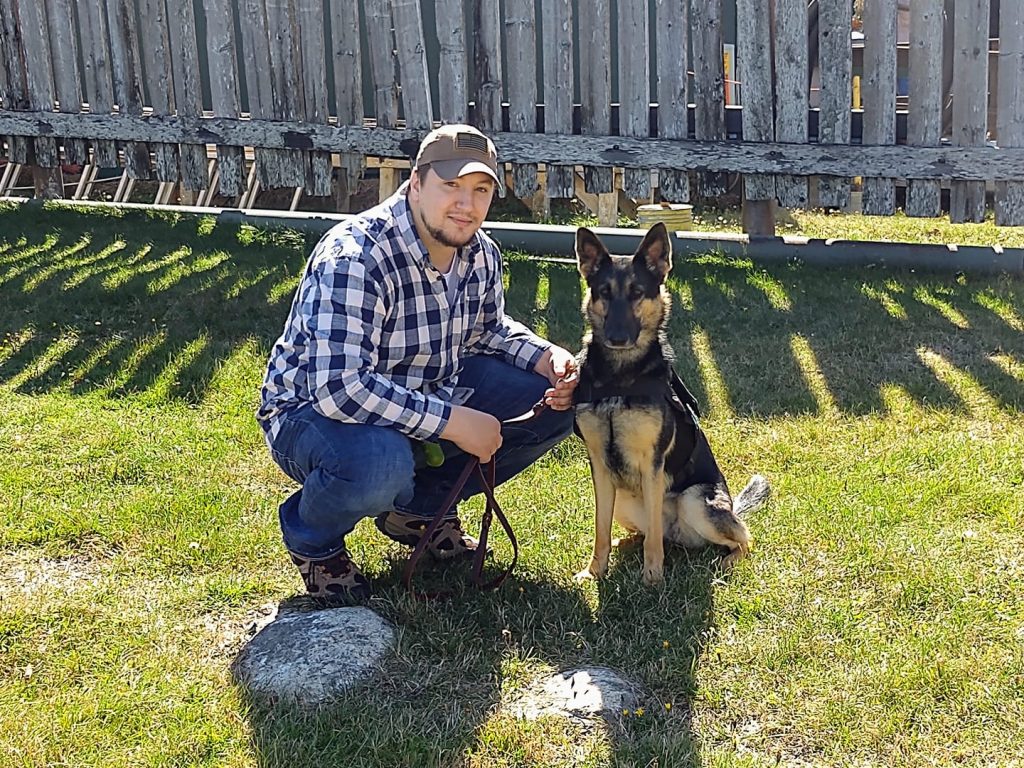According to the National Center for PTSD, about twelve million adults in the United States have PTSD during a given year. They also state that about six out of every one hundred people, or 6% of the population, will have PTSD at some point in their life. This research also shows that eight out of every one hundred women and four out of every one hundred men in the United States will develop PTSD at some point in their lives.
What Is PTSD?
Many people believe PTSD to be a psychiatric disorder, however, it is important to dig deeper in understanding what it truly is. In the past, PTSD has been referred to as “shell shocked”, “Johnny Blues” or “combat fatigue”, etc., referring to combat veterans, but PTSD is something that can happen to any person, no matter their nationality, culture, age, or ethnicity. PTSD happens to many individuals who have experienced a traumatic event or a series of traumatic events in their life, such as a car accident, witnessing a traumatic event, assault, violence, bullying, etc.
Research has produced evidence that the Hippocampus portion of the brain and the neurotransmitters have been damaged. These play a role in balancing emotions, along with important chemicals such as oxytocin and cortisol levels in the body. These become out of balance causing the symptoms of psychological disorders. But I believe there is a definite difference in it being purely a mental/emotional issue versus physical brain damage. PTSD is not something that can be cured. Drugs and therapy are merely management tools. PTSD is a permanent invisible disability just like seizures or diabetes, etc. – you do not see any of these disabilities, but they are very real breakdowns within your body that cause problems.
Examples: Epilepsy causes seizures triggered by the brain. You don’t see the dysfunction in the brain with the naked eye until someone has a seizure. Diabetes causes serious highs and lows in the bloodstream, but you don’t see that with the naked eye until someone becomes cognitively impaired or comatose. You don’t see PTSD with the naked eye, but you do see the afflicted individual become abnormally hypervigilant, panic attacks, night terrors, and serious mood swings that can result in life threatening depression, anger and rage, self-isolation and more.
There are varying degrees of Post-Traumatic Stress Disorder that can involve any number of symptoms such as anxiety attacks, fear of being in crowded public places, nightmares, flashbacks and more. People with PTSD may also suffer from negative intrusive thoughts, avoidance, forgetfulness, angry outbursts, difficulty sleeping or concentrating, and more.
How Does a Service Dog Help with PTSD?
PTSD is one of the conditions that can make you eligible for a service dog. Service dogs use their keen sense of smell to identify when the body chemistry is changing. They begin to alert the recipient to the change in body chemistries before these manifest into panic attacks, nightmares, anxiety, etc. The dog intervenes before the symptoms become full-blown, by redirecting the disabled handler. A study by Perdue University found that once people got their service dogs, their chemical balances often came back into the normal range.
In the case of nightmares our service dogs interrupt them. Again, they are trained to alert to the chemical changes that are inducing the night terrors, so they awaken the recipient before they become full blown. We find the frequency of these nightmares is drastically reduced after receiving a service dog and life becomes much easier for the recipient with fewer panic attacks, ability to go out in public, less frequency/severity of night terrors, etc.
The service dogs are also trained in a technique called shielding. This skill prevents people from coming up behind the recipient or getting too close to their recipient in public by creating a non-aggressive, physical barrier between their recipient and the approaching stranger thus establishing a comfort zone to prevent startle sensitivity resulting in lower hypervigilance.
How Do Service Dogs Learn to Alert to PTSD?
Service dogs have a highly sophisticated sense of smell that allows them to alert the recipient in advance, helping their disabled recipient function in a safer, more normal manner throughout their daily life. We accomplish this by getting scent samples from a recipient after they have had a nightmare or a panic attack. We train with these samples, so our dogs know exactly what the body chemistry scent is like before they enter one of these episodes. This allows the dog to know when to intervene, stopping these attacks before they take place.
What Type of Training Do Medical Service Dogs Receive?
At Guardian Angels Medical Service Dogs, our medical service dogs receive no less than 1,500 hours of service dog training over a year and a half to two years. This extensive training includes, but is not limited to, desensitization, confidence building, basic commands, advanced skills, socialization, and public access training to ensure they can assist the recipient with every aspect of their daily life.
In addition to scent training (which is also used for diabetic alert and seizure alert), our service dogs can be trained to assist recipients who have disabilities such mobility and balance issues. Our service dogs are custom trained to perform daily tasks such as picking up dropped items, closing, and opening doors, shutting off and turning on lights, and more depending on the needs of the recipient. With this extensive training, our service dogs can help our recipients regain their life with their families and friends while also regaining their independence, happiness, and dignity.
Interested in Learning More About Service Dogs? We’re Happy to Help!
At Guardian Angels Medical Service Dogs, we are happy to help you learn more about our dogs and our mission to help veterans, first responders, and others receive the service dog they need to regain their life.
Contact us today to learn more!
Guardian Angels Medical Service Dogs is proud to announce that they were presented with the Friend and Patriot of the Year Award, presented by the Soldiers & Sailors Memorial Hall & Museum Trust. This award was given to our organization to recognize our long-term support of veterans. (more…)
Dear Friends,
Today 61 million people in the United States are living with disabilities and that number grows daily. In addition to the many disabilities people suffer from, they are also more likely to face serious social isolation, anxiety and depression which leads to a higher risk of death. All these issues take a serious toll on families, businesses, and our communities. (more…)
Chris Borden, Chief Officer of Facilities at Guardian Angels Medical Service Dogs, has been with the organization since it began in 2010. (more…)
Recipient Anita, a Navy Veteran, has narcolepsy, mobility issues, and sensory deficits in her legs and feet that make navigating certain surfaces very difficult. Before being paired with her Guardian Angels Service Dog, Comet in 2020, she said that getting around in her daily life was a constant challenge. (more…)





